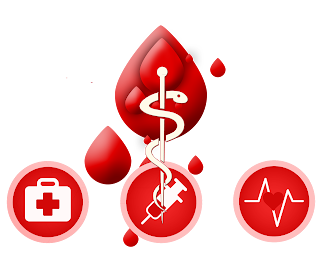First law of Thermodynamics and its limitations || Thermodynamic Theory.
Class 11 Chemistry First Law Of Thermodynamics and Its Limitations. This law is given by Helmholtz and Robert Mayer. This law is also known as “Law of conservation of energy” ( law of Thermodynamics) . According to this law, “Energy can neither be created nor can be destroyed although it can be converted from one form into another form. OR “Total energy of the universe remains constant”, or “Energy of an isolated system is constant.” The internal energy of the system can be changed in two ways : By allowing the heat to flow into the system or out of the system, Called Law Of thermodynamics . By doing such work on the system or by the system. Consider a system whose internal energy is U1 Now if the system absorbs q amount of heat, then the internal energy of the system increases and becomes U1 + q If work is done on the system then its internal energy further increases and becomes U2 . Thus, U2 = U1 + q + w or U2 – U1 = q + w or ∆U = q + w The above relationship is mathem...



